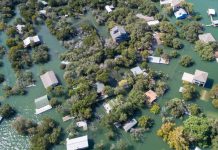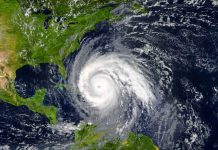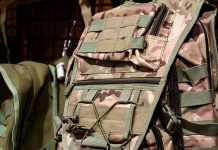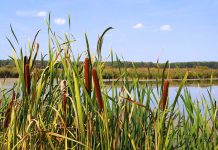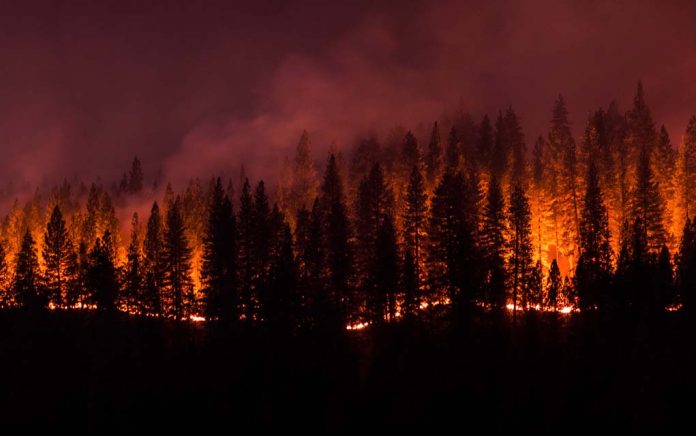
Unlike many other natural disasters, there isn’t always any sort of warning when a wildfire hits. That’s why it’s always best to be prepared ahead of time, even if you feel that the situation is unlikely to happen to you. The truth is if you live anywhere but on a body of water or in the desert, wildfires are a real possibility.
Before a Fire is Even Likely
It’s no secret that the summer months are the ones that are more likely to bring the threat of wildfires, but that doesn’t mean you should wait until the hot season hits to plan ahead. No matter where you live or what natural disasters threaten you, it’s important to always be prepared with the following measures.
- Adequate Insurance: Ask yourself some important questions about your coverage. Does your insurance cover wildfires? Are the contents of your home insured or just the home itself? Do you have an up-to-date list of the contents of your home? Is your insurance company aware of any updates or new features installed in your home? It’s important to review your insurance policy on a regular basis to make sure you have adequate coverage not just for the home, but the contents and people in it. If you are displaced, will your insurance cover a hotel stay? These are the questions you need to ask yourself. And don’t just keep your information in a safe, but as a digital record on a digital cloud as well. This way, you can access all your information, no matter where you are.
- Keep Personal Information Safe: A fireproof safe is a great place to store your physical documents, but it’s better to be doubly prepared. Use a secure cloud to store digital copies of all your files, documents, photographs and other information and data in case the safe burns up or goes missing.
- Prep for Survival: Water, food, medications, and shelter are all important to your survival no matter what the situation is. Just make sure that your survival prep includes items that are especially helpful in wildfire scenarios, like a fire extinguisher and fire shelter or cloth. A fire shelter is a dome-shaped shelter made of reflective material than can help deflect radiant heat at the same time it helps protect you from getting burned. This is especially helpful if you happen to be caught on-the-go with a wildfire quickly raging toward you.
Wildfire Proofing the Home
Who doesn’t want a moat and what better reason to have one than a potential wildfire? While that isn’t an impossible scenario, it probably isn’t realistic for most people… but you can get close.
Remember that in order for a fire to burn, it has to have something TO burn. Reduced access to vegetation and debris is a great place to start. If you live in an area that’s prone to wildfires, you might consider installing a concrete patio around the house to prevent flames from getting close to the house. The wider the concrete border around your house, the more protection you have. If a concrete border isn’t feasible, you may want to soak sandbags in water and create a wall around your home or dig a wide trench that would make it difficult for flames to jump. At the very minimum, cut all vegetation around your house as short as possible and even burn it off in a controlled manner where it’s safe to do so.
Even after you’ve taken care of the ground surrounding your home, you still have to look up. Sparks and debris in the air is the number one threat, as these can reach your home long before a wildfire itself does. Keep the gutters clean, the branches trimmed and use fire-retardant building materials where possible, especially on the roof. If you have the option, request that your power lines be buried rather than hung above-ground.
Be prepared for contaminated air. You may be able to stay in your home through the entire wildfire event, but the winds carry ash and smoke miles away from the fire. For that reason, it can be helpful to ensure that you have spare filters you can change out to keep the air in your home as clean as possible. But also be sure to have some sort of respiratory device on hand in case the air gets too thick or you need to leave your home.
Avoiding Flames on the Go
The time may come when you have to leave your home to be safe. Get the survival gear we discussed earlier and use the information below to keep you safe as you travel. If you have heat and/or fire protective gear, now is the time to put it on.
- Stay Low: Wildfires tend to travel in higher areas, where updrafts can keep them raging. For that reason, try to travel downhill rather than uphill. However, avoid all canyons as they tend to be the paths for these updrafts and carry high heat levels.
- Seek Out Burned Areas: Once you’re on the road, there may come a time when you have to find a safe place in the open. If this happens, look for areas that are already burned out or simply get in or on a large body of water. Keep in mind that burned areas may still be hot, so they aren’t all safe. It also helps to pay attention to which way the wind is blowing so you stay upwind of the fire, if possible. As you seek a safe place, be on the lookout for burned trees and branches that may fall on you. It won’t do you any good to take shelter in an area that’s already burned if a tree falls on you while you wait it out.
- Prepare for Respiration: You never know when the wind will shift or what it will carry. At the very least, keep some sort of cloth on hand that you can use to cover your mouth and nose. Better yet, keep a respiratory mask with filters on hand so you can breathe freely and safely as you travel.
Above all else, pay attention to local authorities. When they say it’s time to go, follow their directions. The looks of a fire can be deceptive and they are in a far better position to know what’s going on than you are.
Copyright 2019, TacticalNews.com



